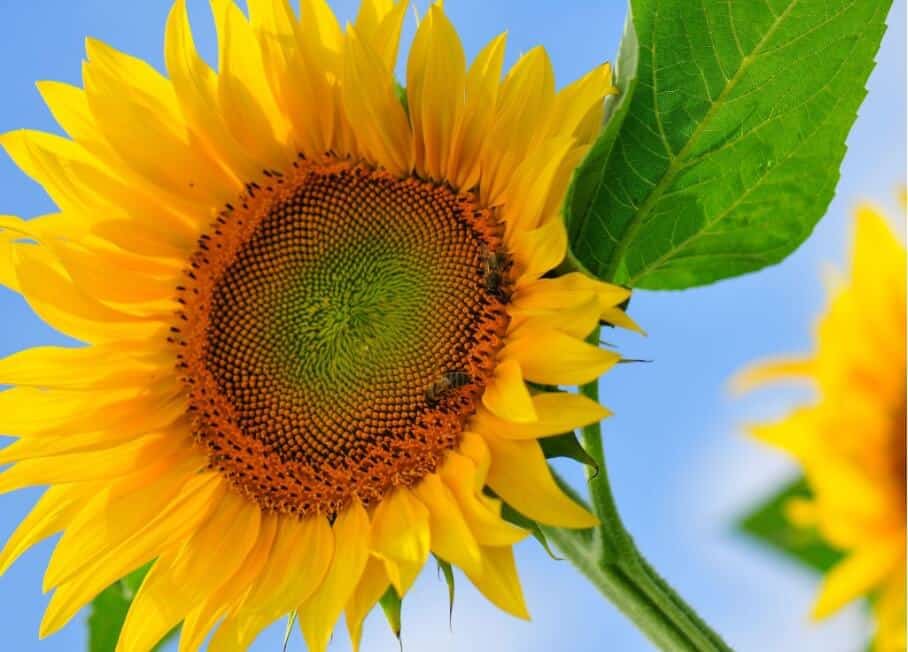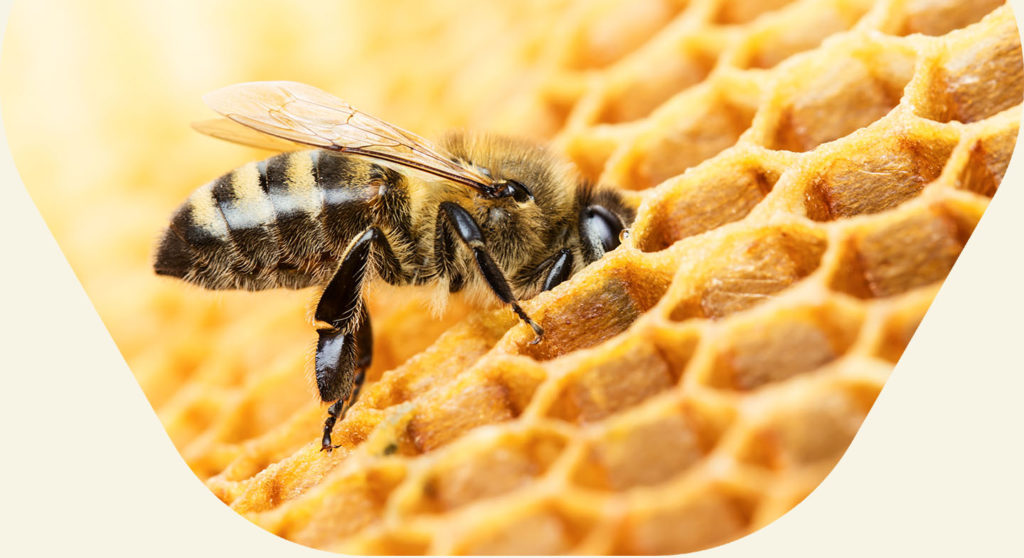Mathieu DOMECQ
Editor of the API of the month and the Blog
August is one of the strongest months for beekeeping. After a very difficult year in 2024, marked by a sharp drop in honey production, we’re hoping that the bees will have bounced back sufficiently this season!
This month, we’ll be taking a look at honey harvesting, covering all the stages involved in extracting homemade honey. Then we’ll look at the importance of treating hives against Varroa as early as possible.
Are you up to speed? The average Varroa infestation rate in France is around 39% in adult bees and 43% in brood (source: sciencedirect.com)

Tasks of the month
August marks a major milestone for beekeepers and the gradual end of the season. The results are likely to be mixed from region to region. Some had excellent harvests in the spring, while others are betting heavily on the final crops. Here’s an overview of the main tasks facing beekeepers during this month:
Harvesting honey: Summer honey is the beekeeper’s last harvest. Harvested at the end of July or beginning of August, depending on the region, it is often the most abundant, thanks in particular to the sunflowers. You need to wait until the frames have been capped as much as possible before removing the honey supers.
Treating against varroa mites: Even if you treated your hives in spring or last winter, the summer treatment is the most important, as this mite is developing enormously at the moment and, with the heat, can reach 6,000 or more individuals in the hive. The longer you wait, the greater the risk of major infestations.
Trapping hornets: the Asian hornets are likely to arrive in your apiary if they haven’t already! So set up traps and muzzles at the entrance to your hives to limit the stress on the bees. You can also reduce entry by lowering the floor door. There are anti-braking doors that leave a narrow passage for the bees.

August is a time of transition for bees and beekeepers. It’s the end of a long season and the time to prepare for winter. The harvest must be completed, the health of the colonies looked after and they must be gently prepared for autumn. In the weeks and months ahead, you’ll need to make sure the bees have enough food to survive until the following spring.
Honey flowers of the month
sunflower, lavender, buckwheat, heather…


